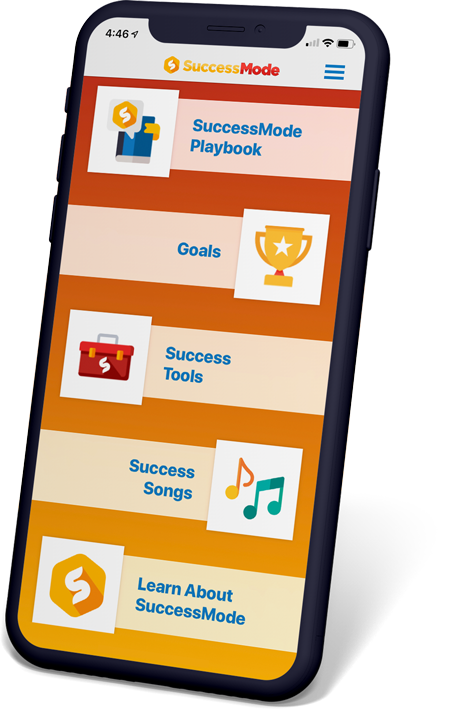SuccessMode Business Plan
A Business Plan is a method of calculating your business goals in advance. A good measure of potential success is to follow the cash flow: where is the money coming from, and where is it going. Even nonprofit organizations need to do the numbers.
Ask the Right Questions
A business can consist of yourself as a sole proprietor, or it can be a huge corporation with thousands of employees. A good business plan begins with asking the right questions:
Who
Who are we? Are we Tesla selling electric cars all over the world, or Wally Amos baking chocolate chip cookies?
What
What are we? Are we doctors, lawyers, retailers, artists? It’s very important to have a solid grasp of what we are.
When
When do we work our business? Is it a year round operation, 9 to 5, 24/7, or is it seasonal like trout fishing tours?
Where
Where do we sell our goods or services? Where are our customers located? Are we a local business, or are we international?
How
How do we conduct our business? Do we run an assembly line, storefront, office, kitchen, out-source, or are we online?
Although these are basic questions with seemingly obvious answers, it is important to understand how your business operates and how the money flows.

SuccessMode For Your Business
Utilize the SuccessMode Tool Kit to help develop clear answers and images of your business in action. Follow the steps below to get yourself moving towards a well planned business.

Step 1: Meditate and Set Goals
In a quiet relaxed place slip into meditation. Practice your preferred meditation for 10 to 15 minutes. Then ask each question listed above and visualize people enjoying your goods or services. Write down your goals and allow them to influence the answers and create a clear vision of the needs and requirements of your operation. Goals are the seeds of a good business plan.
Step 2: Follow the Money!
Plug in the numbers. What is the projected cost of doing business? Write up a Pro forma Cash Flow Sheet (see links below) with a column for projected Income and another column for anticipated expenses. Total the columns up and subtract expenses from income which will result in a profit or loss.


Step 3: Balance it Out
Next create a Balance Sheet with a column for your available Assets, and another column listing Liabilities/Expenses (See links below). Add up each of the columns and subtract the liabilities total from the assets total and you will receive Net Worth. This will be your financial starting point, which helps answers questions like:
- Do we have enough capital to start and sustain our business?
- Are we going to need additional funds?
Step 4: Plan Of Action
Write down the action steps necessary to launch your business. Action steps might be:
Secure financing
Locate place of business operation
Create a website
Design a logo
Open bank accounts
Form an LLC
Hire employees
Create sales force
Stock inventory
Each business is unique and has its own set of requirements. Turn on SuccessMode and utilize the Tool Kit to create affirmations and visualizations for each action step. Proceed with an Attitude of Achievement to stay focused and plan to succeed.
More Resources
Below you will find links to some useful pages that will help you further define your business plan.

Wikipedia
WIKIPEDIA.org has a wealth of information. Specifically, great examples of Balance Sheets and Business Plans to help you model yours.

Small Business Administration
The SBA is here to support small businesses. The links below are resources to help with your Business plan and Financial Reports
Quicken
Quicken is an online program that offers easy to use descriptions and templates for various business plan applications.

Social Capital
Social Capital is a Venture Capital Organization that likes to fund start up businesses in return for a share of the business and future profits.

